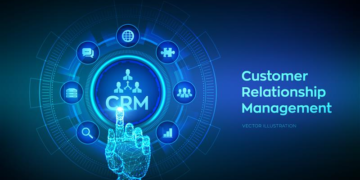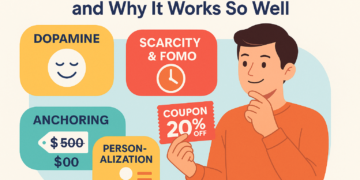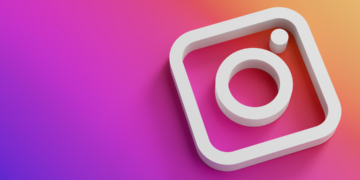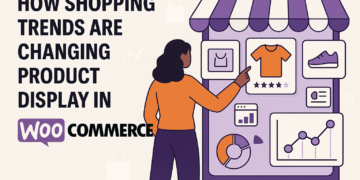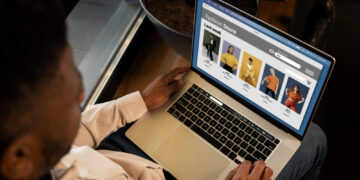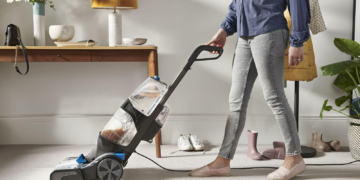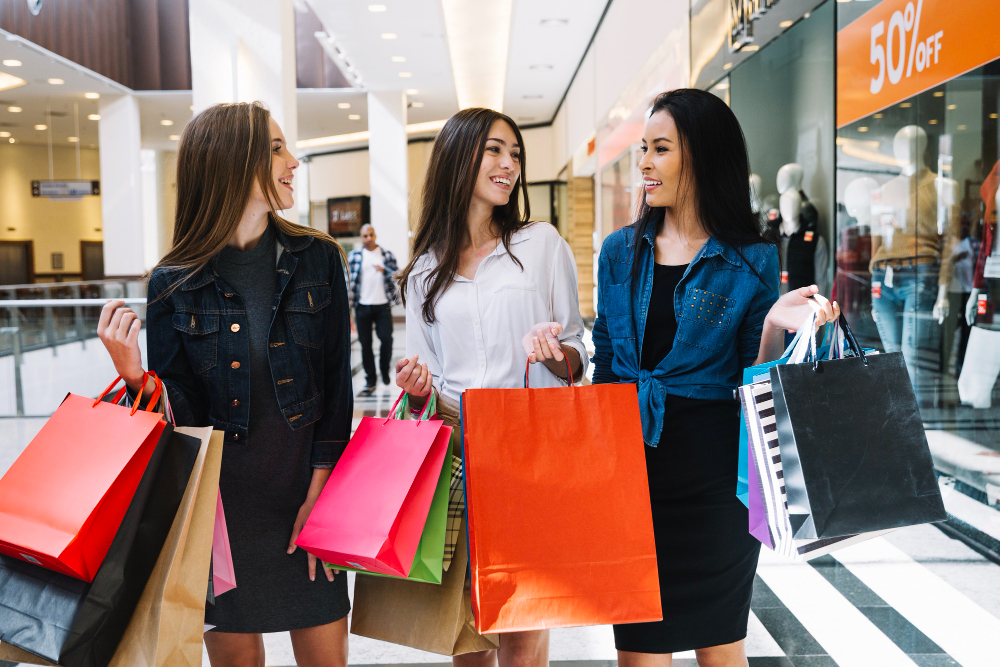
Introduction: The Rise of the Resale Revolution
Did you know the pre-owned luxury market is now worth over $50 billion and growing faster than new luxury sales? That’s not just a number—it’s a cultural shift.
Gone are the days when owning something secondhand meant compromising on quality or status. Today, consumers are proudly flaunting pre-owned luxury watches , pre-owned luxury jewelry , handbags, and designer apparel—often at a fraction of the original price. What was once considered taboo is now mainstream, even aspirational.
In this article, we’ll take you inside the booming world of pre-owned luxury goods, exploring what’s driving its meteoric rise, who’s buying, where they’re shopping, and what the future holds for this dynamic market.
A Booming Industry: Market Size & Growth Projections
According to reports from Bain & Company and McKinsey, the global pre-owned luxury market is projected to surpass $70 billion by 2030 , outpacing the growth of new luxury goods. This surge is fueled by digital platforms making resale more accessible, younger generations embracing sustainable consumption, and luxury brands finally warming up to the idea of circular fashion.
To put this into perspective: in 2023, the new luxury goods market grew by about 4% , while the pre-owned segment expanded by 12% . And it’s not just millennials anymore—Gen Z is quickly becoming one of the most influential consumer groups in this space.
Who’s Buying and Why? The New Consumer Profile
The modern buyer of pre-owned luxury watches and pre-owned luxury jewelry isn’t who you might expect. Here’s a snapshot:
- Millennials (ages 30–43): Value-driven shoppers seeking investment pieces like Rolex or Cartier that hold value.
- Gen Z (ages 18–29): Driven by aesthetics, sustainability, and exclusivity; often hunting for vintage finds or limited editions.
- Boomers and Affluent Buyers: Looking to downsize or upgrade without paying retail prices.
What unites them? A desire for authenticity, transparency, and affordability—all of which the pre-owned market delivers.
Social media has also played a pivotal role in normalizing resale. Platforms like Instagram, TikTok, and YouTube are filled with hauls, unboxings, and reviews that make buying secondhand feel not only acceptable but aspirational.
Case Study: Emma, a 26-year-old marketing professional, scored a pre-owned luxury watch from the 1980s online for less than half the price of a new model—and now considers it her signature piece.
What’s Driving the Surge in Demand?
Several key factors are fueling the growth of the pre-owned luxury market:
Economic Factors
With inflation rising and cost-of-living pressures mounting, savvy consumers are turning to pre-owned items to get more value for their money. A pre-owned luxury watch , for instance, can offer decades of craftsmanship at a significantly reduced price.
Sustainability
Consumers—especially Gen Z—are increasingly aware of the environmental impact of fast fashion. Buying pre-owned luxury jewelry or clothing extends the life cycle of products and reduces waste.
Celebrity Influence
From red carpets to street style, celebrities are sporting vintage and pre-owned pieces, helping to reshape perceptions around secondhand fashion. Think Timothée Chalamet in a recycled tuxedo or Bella Hadid in a vintage Versace choker.
Digital Transformation
Platforms have made it easier than ever to authenticate, buy, and sell high-end items. Whether you’re looking for a rare pre-owned luxury watch or a statement diamond necklace, the process is seamless and secure.
Where Are People Buying? Key Platforms and Players
Thanks to technology and shifting attitudes, today’s buyers have no shortage of options. Here are some of the top platforms where people are finding their next pre-owned luxury watch or pre-owned luxury jewelry :
| Platform | Description |
| The RealReal | Known for authenticated luxury items, including fine jewelry and timepieces. |
| Vestiaire Collective | Popular in Europe for curated pre-owned fashion and accessories. |
| StockX | Originally sneaker-focused, now expanding into luxury watches. |
| eBay | A go-to for rare and collectible items, especially vintage watches. |
| 1stDibs | High-end marketplace for antique and vintage jewelry and decor. |
| Grailed | Focused on men’s fashion, including luxury watches and accessories. |
Luxury conglomerates are also getting in on the action. LVMH-backed Aura Blockchain Consortium is exploring ways to track product provenance using blockchain, while Kering has invested in resale startups.
Local consignment boutiques and auction houses like Christie’s and Sotheby’s are also seeing renewed interest in estate jewelry and vintage timepieces.
Authentication & Trust: The Backbone of the Market
Trust is everything when buying pre-owned luxury watches or pre-owned luxury jewelry . Consumers want assurance that what they’re purchasing is authentic and in good condition.
Top platforms address this concern by employing teams of experts, offering certificates of authenticity, and even using AI and machine learning to detect counterfeits.
For example:
- The RealReal uses gemologists and horologists to verify every item.
- StockX pioneered the “box verification” process to ensure sneakers (and now watches) are genuine before shipping to buyers.
- eBay Authenticate partners with third-party experts to inspect high-value items.
As the market grows, so does the need for transparency. Expect to see more use of blockchain technology , NFT-based certificates , and digital IDs embedded in luxury goods.
Brands Embrace the Trend – Not Fight It
Luxury brands are no longer shying away from the pre-owned market—they’re leaning in.
Take Rolex , which has long offered a certified pre-owned program, ensuring each pre-owned luxury watch meets strict standards. Similarly, Cartier launched its own pre-owned collection, complete with warranties and servicing.
Other brands are investing directly in resale tech:
- Richemont , owner of Cartier and IWC, acquired Watchfinder , a leading online retailer of certified used watches.
- LVMH recently launched Nona Source , a platform selling surplus materials from its fashion houses.
By participating in the secondary market, brands maintain control over their image, build deeper customer relationships, and tap into new revenue streams.
The Future of Pre-Owned Luxury
So where is this market headed?
Technology Integration
Augmented reality (AR) try-ons, virtual showrooms, and NFT-backed ownership records will soon become standard features in the resale experience.
Circular Business Models
Expect more rental services, peer-to-peer sharing platforms, and trade-in programs that encourage customers to return items after use.
Market Expansion
While fashion and accessories dominate today, categories like pre-owned luxury jewelry and pre-owned luxury watches are expected to grow significantly, thanks to their high intrinsic value and collector appeal.
And here’s a bold prediction: within the next decade, resale could overtake new luxury sales —especially if brands continue to embrace the trend and consumers keep prioritizing value and sustainability.
Conclusion: Why This Isn’t Just a Trend
The pre-owned luxury market isn’t a passing fad—it’s a fundamental shift in how we define value, ownership, and style.
Whether you’re searching for a pre-owned luxury watch to add to your collection or a timeless piece of pre-owned luxury jewelry to pass down through generations, the resale market offers something for everyone.
It’s sustainable, smart, and stylish—and it’s only going to get bigger.
So why not join the movement? Explore the market, invest wisely, and remember: sometimes, the best treasures come with a story already written.


